Laurence Tellier discusses her approach to art
Interview by Claymore Khollins (art critic)
Why fashion shows?
When fashion models become entities to be modelled, bodies are transcended and endowed with an identity in their plasticity that inspires the idea of transforming them into works of art.
The decision to sculpt motionless volumes in bas-relief is significant in itself. Ceramic, a noble and perennial material in its essence, also manifests fragility. A fashion show in motion has powerful impact yet expresses a fleeting moment
The illusion in a captured moment reflects a paradox.
The physical work is constructed through the emotions revealed by walking, and these emotions guide the mobile dynamics of creation. Consequently, representing draped cloth in sculpture signifies the fluctuation between the “animated” and the “immobile” (life vs death). It justifies the mobile and static coexistence of the body garbed in fashions, in a 3D freeze frame.
Without the body’s movement the model becomes static. On stage she brings an illusion to life. The give and take of fabric next to the skin and the jaunty stride lend the anatomy an artistic singularity, evoking a body-art performance.
The fashion show takes shape through the expression of movement. Its strength draws on the esthetics of choreography, accentuating the counterpoint of angled poses, catching a freeze frame of the body in movement as it nears the observer. Thus, the idealized body of the “living model” presents itself to the public in the “media catwalks and showcases” as well as via online sales sites and fashion magazines. Tabloids, like the screens of digital devices become the fashion models’ catwalks. In this way observers become players by identifying with the models, while anonymous bodies sporting fashions may trigger a leap to works of art
As for the deliberate elegance in my sculptures, transmitted as a fleeting expression, it invites the observer to reawaken and share feelings to favor the esthetics and inspiration if an experience.
The models depicted in the sculptures wear trousers for the most part.
Women’s freedom and liberation find expression in trouser fashions and the revolution brought about by jeans in all their legendary glory. My artistic approach seeks to echo the creations of stylists in the cultural cauldron of the second half of the twentieth century when fashion contributed to emancipation from existing stereotypes.
Fashion reflects the concept that drives individuals and actions in a society. Clothing reflects a social and sexual classification, an identity. Historically, garments have justified the recognition of a person according to the specifics of her existence on earth, for instance, the era, the country, region, social class, or profession, thus personifying the individual.
In our contemporary, collective unconscious and imaginations, fashion embodies renewal in our daily lives, materializing new “ways of acting,” which may illustrate the concerns, beliefs, questions, emotions and feelings of a given epoch.
Fashion designers highlight the contemporary era, in the sense that they carry a message reflecting a disruption of established cultural codes, especially through visual art becoming a gateway to cultural evolution.
In this context, the “Roaring Twenties” saw Coco Chanel® and Jeanne Lanvin® decide to dress the active woman in such a way as to provide her with a “modern” identity. Trousers draped the body, suggestive dresses emphasized women’s figures. Black, the color of mourning, ignited scandals. And the brazen “bikini,” banned in 1949 on European beaches, nearly stripped women entirely.
Yves Saint-Laurent®, with his Le Smoking tuxedos for women and miniskirts, authored one of the powerful codes of women’s emancipation.
In 1967, the first unisex trouser suit embodying the keynote creation of his career changed the codes of haute couture by activating an affirmation of unfettered womanhood, enabling their simultaneous femininity and masculinity and radiating “liberated woman”.
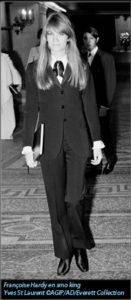
In May 1968, revolutionary attitudes triumphed, with jeans becoming the uniform of the world’s youth, for women and men alike. This became a way to profess individuality and casualness in the quest for a “new world.” And pants reflected a definitive mutation of women’s wear. In 1975 the photographer Helmut Newton® produced a series of portraits of models in trousers with androgynous hairstyles, and his work helped popularize one of the most emblematic elements in the history of contemporary fashion.
My artistic approach is permeated with these contemporary influences and the desire to affirm femininity, rather than turn women into men. During my studies at the Beaux Arts, the subject of femininity as a whole, related questions of committed, militant, radical feminism (abortion-contraception, sexual liberation) offered vectors of interest and creativity.
Today, the contemporary spirit of performance and freedom, for both women and men, transforms the concept of fashion into an artistic, cultural phenomenon.
Have Fashion Week designers inspired your work?
In fact, the approach of women’s emancipation revisits the influences of famous contemporary designers by sublimating their works as a form of tribute. This artistic gesture becomes a theatrical expression of the changes and emancipations of individuals on the podium.
Fashion shows, by adding music, dance and décor, became artistic performances. Paco Rabanne® and Pierre Cardin® pioneered this style, presenting highly refined extravaganzas.
In the 70’s a brand-new era inaugurated by Kenzo® let models improvise without imposed choreographies, the first Paris Fashion Week took place, where Jean-Charles de Castelbajac® and Issey Miyake® organized a joint, one-day show.
The eighties saw the introduction of the extravagant “fashion show” as conceived by Thierry Mugler® set designer and fashion designer, and the 90’s brought in “supermodels, sex and luxury” through the creations of Gianni Versace®, for example. Rei Kawakubo’s “Comme des Garçons” definitively represented the avant-garde of Japanese fashion at her first Paris fashion show, remaining, along with the premiers of Dior® and Cacharel®, as one of the most revolutionary in the history of fashion collections, through the innovative aspect of the style it generated.
Grandiose American super bowl-style, paid-admission fashion shows arrived at the Zenith a. Louis Vuitton®, and his stylist Marc Jacobs® ran a steam locomotive into the Carrée du Louvre courtyard in 2012.
What do your sculptures have to do with the model who animates the catwalks?
In my artistic approach, fashion operates as a common thread inspired by innovative currents in daily change. Having personally experienced the profession of model in my youth, the appropriation of the gesture has remained natural.
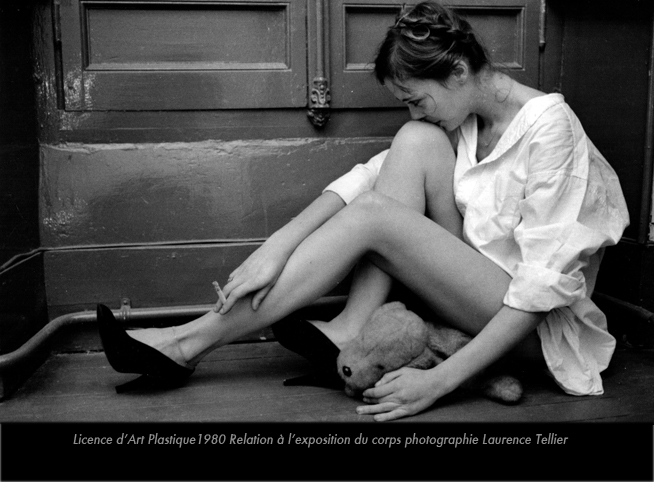
The genesis of the modeling profession lies with the “artist’s model,” posing anonymously. Initially, fashion models seemed as identical as paper-dolls, so customers could easily replace them in their minds. These “lookalikes” aroused contempt in a profession deemed disgraceful, since it consisted of selling one’s body, suggesting prostitution.
As fashion photography flooded magazines, displacing artists’ illustrations, it marked the birth of a new era. In the press, singers and actresses, as authentic live advertisements, propelled the fashion icons of great couturiers onto the pages of Vogue and Vanity Fair. These designers leveraged the trend in response to the expectations of minorities of this era of mixed races, colors, cultures, and Asian models sashayed on the catwalks of Givenchy®, Saint Laurent® and Kenzo®.
The power-dressing trend incorporated the image of sexy, elegant women, such as Inès de La Fressange®. But imperfection and variety, even eccentricity began to disrupt these later aesthetic codes and non-professional models began to appear on the catwalks of designers such as Margiela®, Gaultier®, Van Noten® and Alexander McQueen®, imposing their personalities during artistic performances.
Since 2015, the world of fashion has begun to encourage a growing place for Blacks and Asians on the runway, who now representing a significant percentage of fashion models, for example Adut Akech and Soo Joo Park for L’Oréal®…
In 2021, the fashion world is generously opening to many transgender models (FtM) or (MtF). According to the American website The Fashion Spot, thirty-two transgender models were selected for the 2019-2020 Fall/Winter fashion shows. My work shows the influences of this burgeoning era: androgynous or new male/female models.
Fine Arts, fashion modeling, feminism?
Obviously, my experience in Fine Arts in the 1970s influenced my artistic approach. The feminist movement of the 70’s is inseparable from modern women’s creative expression. Artistic practices will enable this “new woman” to take a strategic place in all visual arts.
Bourgeois feminism dominated the first battle in this fight – for example Coco Chanel® in fashion – along with the struggle for women’s access to education and the right to vote. The cultural turning point of that new period that I lived through was post-1968 with student revolts characterized by the challenge of financial autonomy, access to contraception and sexual liberation. That generation, driven by radical, ideological feminism, opposed patriarchal values. Artists had to identify as a committed, active witness to the movement, in the interest of innovation in art. This artistic freedom also unfettered women. The affinity between feminism and performance underpins a particular aesthetic, mainly driven by body art. We could call it a “body-slogan.” The body, often exposed naked – even injured – functioned as an alarm. Performances illustrated the bodily violence inflicted on women in patriarchal societies. The body-art of the 1970s sought to represent a frontal assault, as in combat.
Onstage, performers took risks as women and artists, using their bodies as subject and creative object, while seeking to personify and embody female character. This new militant practice turned the body into a creative tool in its own right. Consequently, physical engagement, through an act of autonomous creation, resonated for many women artists. In particular, by taking action to cast off the traditional mother role as a social obligation, releasing the development and emancipation of women in society.
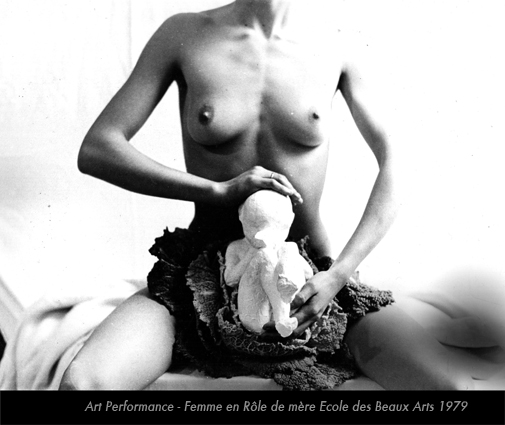
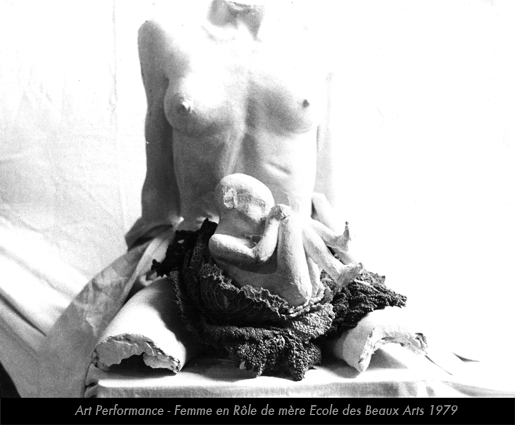
The struggle at that time focused primarily on a woman’s right to control her own body, access to contraception, sexual and social emancipation, broadly evoking women’s sexual revolution.
Over time society has evolved, and the body has come to play a very singular role as a desirable consumer object, through its form, beauty and sex appeal, leveraging societal issues. In this sense, the subject of my graphic arts degree focused on denouncing the advertising approach that broadcast and exploited the image of the female body to increase sales. However, my refusal to betray femininity through destructive and provocative gestures led to deliberately attributing elegance to visual testimony. This inspired heated controversies in the “second wave” feminist movement. My feelings about femininity participated in the plurality of voices and opinions on gender equality, contributing to the visibility of the feminist political landscape.
In this pivotal moment in our history, conflicts take on an international dimension as quickly as knowledge spreads. Feminists from all over the world are beginning to converse and many theoretical texts for universalist feminism are emerging.
“We are not born, but rather become women.” Simone de Beauvoir’s Second Sex – an ideological model circulated passionately from country to country, helping to understand the causes and consequences of women’s servitude in patriarchal societies.
Consequently, in a very natural way, fashion has become a language of this particular form of revolution, as a representation of women at that time.

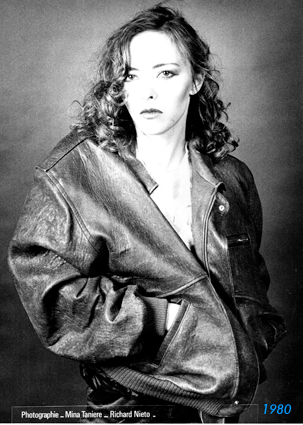
The contemporary emergence of a whole new hybrid concept involving a total dissociation of biological sex from the sociocultural image through the affirmation of the “queer theory,” inspires my current artistic approach.
My attachment to the alternative “queer theory” which has disrupted the traditional concept and binary representations of gender in Western societies, completes my approach. Visual art is exploring this new concept that women artists can reinvent themselves in an evolution towards new figurations of female/male genders. The “queer gender” will seize upon and reinvest different practices or industries, such as fashion, and blend with the epoch rather than seeking to contradict it.
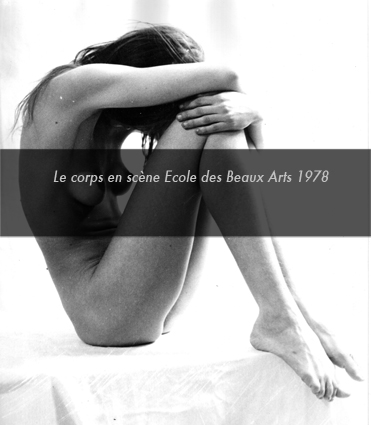
So, what is the link between contemporary fashion and “Gender Queer”?
Fashion is becoming the standard bearer of the new “Gender Queer” movement. Stylist/creators offering a unique artistic presence through the models on the catwalks are reinvigorating my inspiration that seeks to prolong this momentum.
The historical roots of queer theory, traced from the homosexual rights movement through the gay liberation movement, relate to fractures in 1970s feminist currents, addressing the grievances of women as well as those of other sexual orientations/identities, generally left behind.
The exclusion of sexual minorities, classified as a minor subject of the late 20th century feminist currents, triggered resistance. Queer theory grew out of a convergence with the struggle for the rights of women and homosexuals. Until then, these two movements failed to join forces, due to theoretical differences over questioning heteronormative values, with the feminist movement of the 70’s consequently refusing to group their grievances.
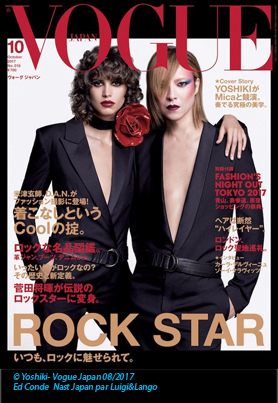
Today, with the gradual decline in cataloging men and women, new models have begun to emerge, respecting all differences.
The mutations thus generated have prompted a multitude of artistic expressions. This movement, generously accepted in the fashion industry, now extends to cultures world-wide through social networks.
Consequently, this new concept of gender is expressed through a tendency towards an androgynous style, with the fashion runways becoming sparkling showcases of “gender” events leading to the emergence of “gender queer” with its unclassifiable sexual identity thwarting “morality”.
The creation of fashions appropriated by models themselves brings the concept to life and becomes an alter ego of the expression of one’s sexual orientation “being what you choose while deliberately ignoring the consequences.” A multitude of models expressing lesbian, gay, bisexual, transsexual, transgender, queer, intersex, asexual, allied, non-binary, LGBTTQ people stand out in the extravagance of the catwalks.
This growing unisex trend is now taking root in the retail channels.
Accordingly, this creative eccentricity is becoming an industry standard, and sculpted bodies in motion take inspiration from this rapidly evolving contemporary scene.
